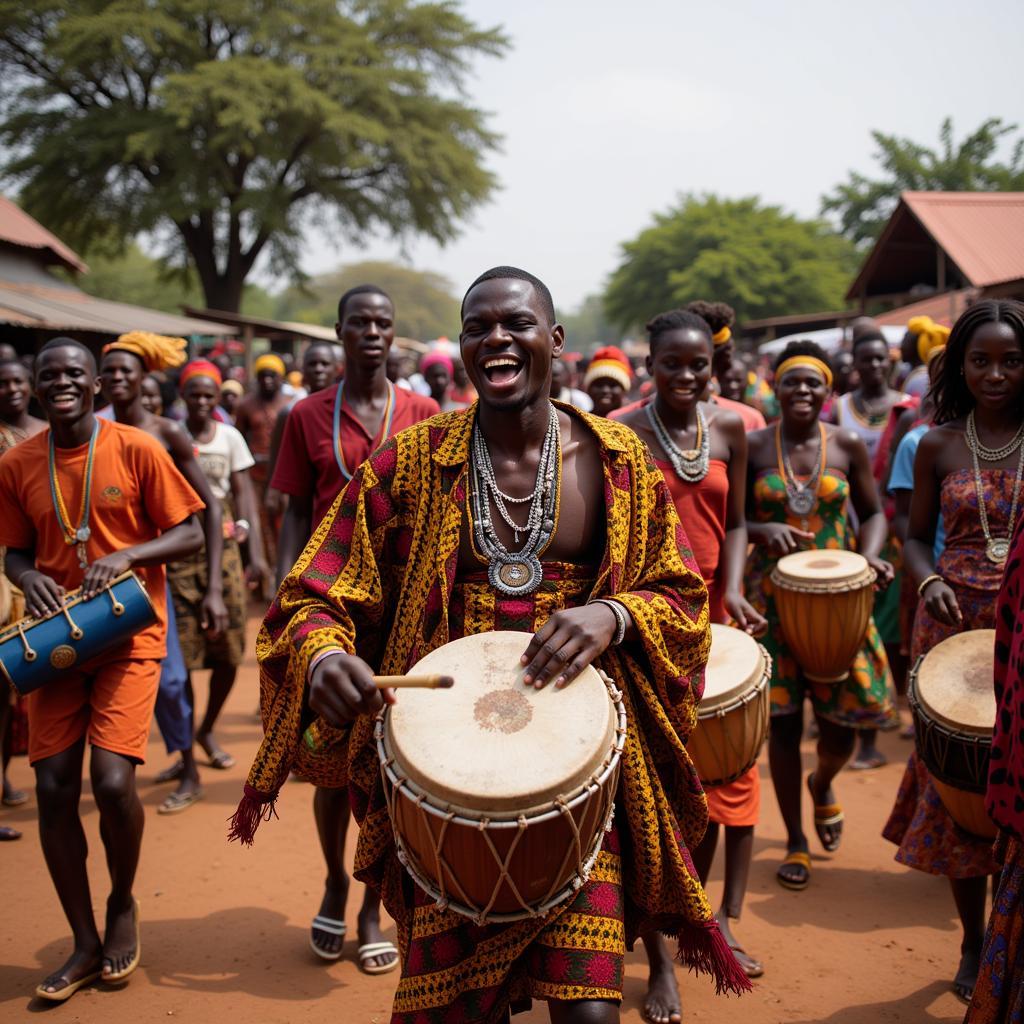Unmasking “African Jim”: A Look at Stereotypes and the Real People
The term “African Jim” might seem harmless at first glance, but a deeper look reveals a troubling reality. This seemingly innocuous phrase often acts as a mask, obscuring the rich tapestry of cultures, identities, and individual stories that make up the African continent. This article delves into the dangers of stereotypes like “African Jim” and celebrates the authentic diversity that thrives within Africa.
The Perils of a Single Story: Deconstructing “African Jim”
When we reduce an entire continent to a simplified, often caricatured image like “African Jim,” we fall into the trap of the “single story.” This singular narrative, often perpetuated by media, literature, and casual conversations, fails to capture the multifaceted reality of Africa and its people. “African Jim” becomes a catch-all phrase, erasing the immense cultural, linguistic, and ethnic diversity that flourishes within the continent’s 54 countries.
This generalization not only perpetuates harmful stereotypes but also ignores the agency, achievements, and individual stories of millions. It creates a false sense of homogeneity, leading to misunderstandings and prejudice. By unpacking the assumptions embedded within “African Jim,” we can begin to engage with Africa and its people in a more meaningful and respectful way.
Celebrating Diversity: A Journey Through the Real Africa
From the bustling markets of Marrakech to the serene beaches of Zanzibar, Africa is a continent overflowing with unique experiences and perspectives. To truly appreciate its richness, we must move beyond simplistic labels and embrace the kaleidoscope of cultures that color the African landscape.
Beyond the Savanna: Exploring the Urban Pulse of Africa
While safaris and wildlife often dominate the narrative surrounding Africa, it’s crucial to remember that the continent is also home to vibrant, modern cities. Lagos, Cairo, Nairobi – these urban centers pulse with a unique energy, blending tradition with innovation. From burgeoning tech hubs to thriving art scenes, these cities challenge preconceived notions and showcase the dynamic spirit of modern Africa.
A Tapestry of Tongues: The Musicality of African Languages
With over 2,000 languages spoken across the continent, Africa is a symphony of linguistic diversity. Each language carries within it a unique history, culture, and worldview. Exploring these languages opens a window into the soul of Africa, revealing the depth and complexity of its oral traditions, storytelling, and artistic expressions.
african american migration after civil war
Rhythms of the Soul: Music and Dance as Expressions of Identity
Music and dance are integral to the fabric of African culture. From the rhythmic beats of West African drumming to the graceful movements of East African dancers, these art forms transcend language barriers and offer a glimpse into the heart of the continent. Each region boasts its own distinct musical traditions, reflecting its history, beliefs, and social structures.
Embracing the Multitude: A Call for Authentic Engagement
Moving beyond “African Jim” requires a conscious effort to engage with Africa on its own terms. Seeking out diverse voices, supporting African artists and creators, and challenging our own biases are crucial steps in this journey. By embracing the multitude of stories that exist within Africa, we can dismantle harmful stereotypes and foster a deeper understanding and appreciation for this extraordinary continent.
african american history 1960s
Conclusion: Beyond “African Jim” – A Future of Understanding
It’s time to retire the reductive label of “African Jim” and embrace the vibrant mosaic of cultures, experiences, and stories that truly represent Africa. By acknowledging the complexities of the continent and its people, we can foster a future built on mutual respect, understanding, and appreciation for the richness and diversity that Africa offers the world.


